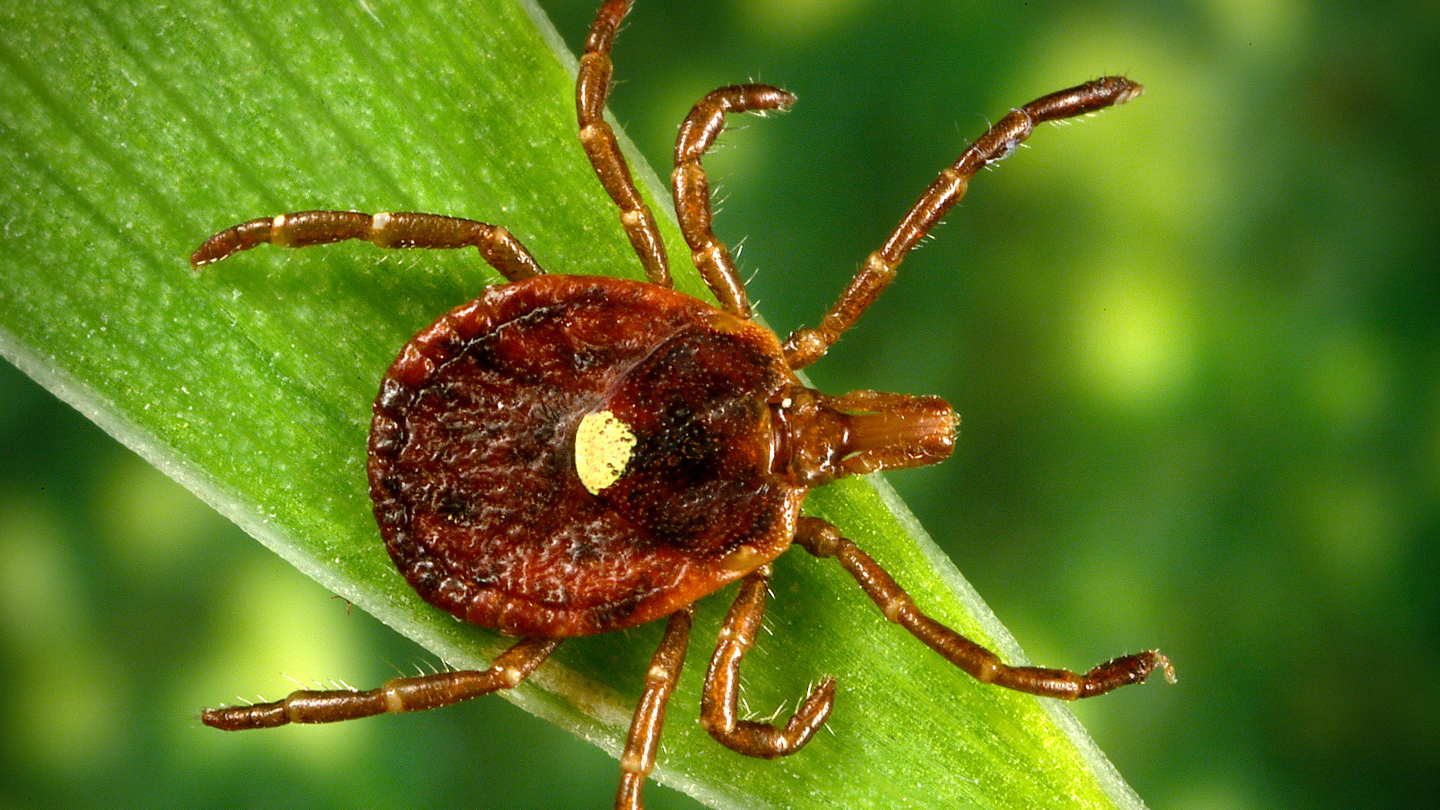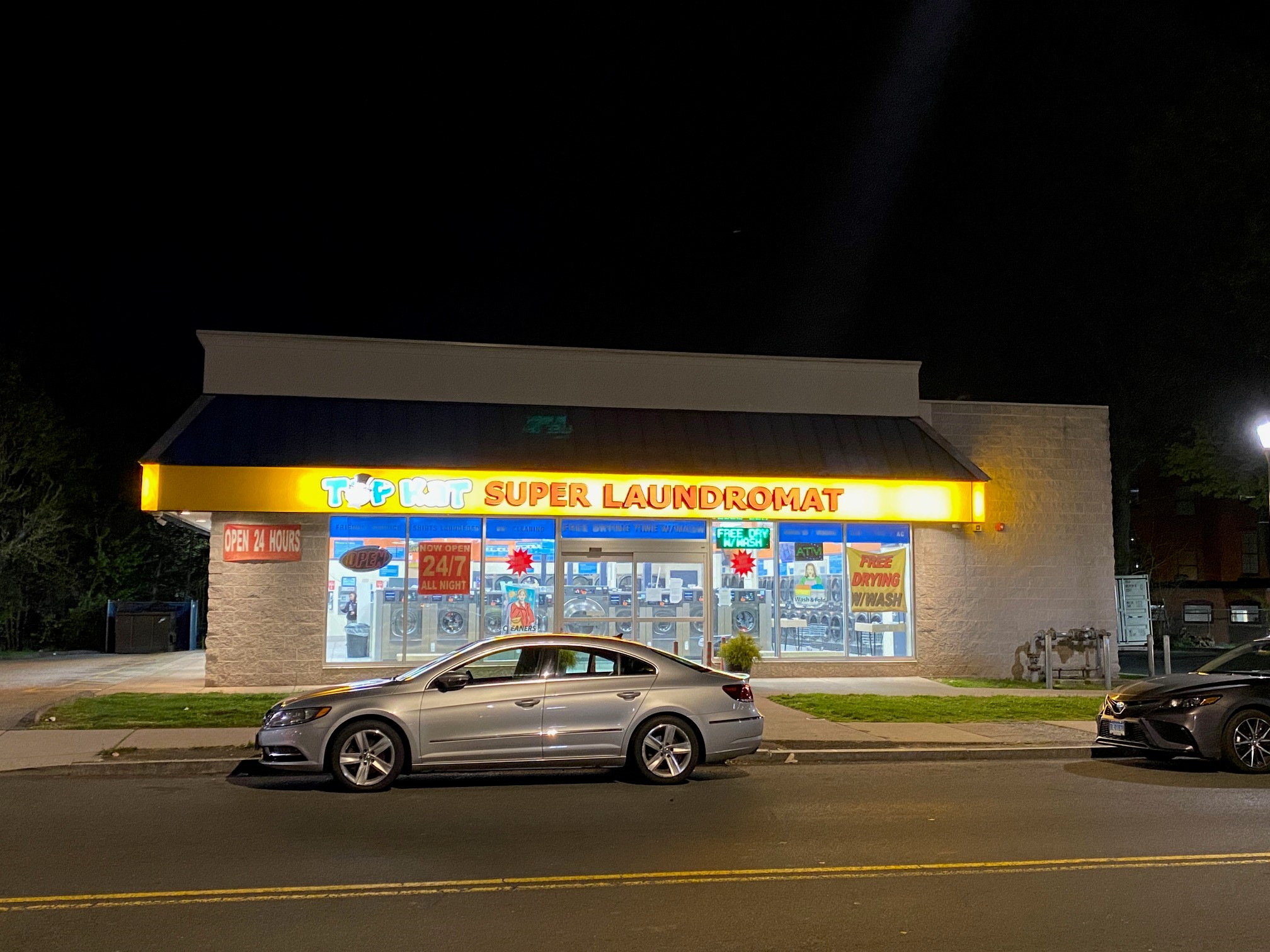As with any burgeoning technology, unmanned aerial vehicles, also known as drones, offer exciting possibilities as well as potential dangers.
Today, Sen. Richard Blumenthal sent a letter to Michael Huerta, administrator of the Federal Aviation Administration, demanding that the aviation watchdog implement rules governing drone usage that were due a year ago.
"What we have right now is, essentially, a Wild West in airspace," Blumenthal said while speaking at Bradley International Airport.
The senator points out in his letter that so far this year, pilots have reported more than twice as many close calls with drones as they reported in 2014. Although none of those close calls have occurred at Bradley, that doesn't mean there haven't been sightings.
"From time to time, we will have flight crews on approach to the airport – in some cases, 15 or 20 miles out from the airport – reporting drone sightings," said Connecticut Airport Authority Executive Director Kevin Dillon.
It's not just a concern for commercial pilots and travelers, but also for private aviators such as Dan Hall, who has about 800 hours in his logbook.
"I guess my concern (is) if you did hit one, what it would do to the aircraft," Hall told NBC Connecticut. "I've hit birds before, turkey vultures, seagulls."
Local
But he says drones are a different species altogether.
"You've got to do something, especially around the airports. I don't know how high these drones can get, but I wouldn't want to hit one," Hall said.
It's a comparison echoed by Blumenthal, who recalls the 2009 incident in which a U.S. Airways pilot made an emergency landing in the Hudson River after a 6-pound bird was sucked in to one of the plane's engines.
"A drone weighing 25 to 40 pounds can do even more damage to an airplane," the senator said, also pointing out that current law regards drones identically to model airplanes, which have much less range and speed capability.
In addition to airspace restrictions, the senator wants the FAA to require that drones be traceable to their owners, and that technology be installed that would create an invisible barrier keeping drones a safe distance from airports.
On its website, the Airline Pilots Association says such technology already exists but hasn't been put in place at airports.
It also says, "ALPA recognizes and supports beneficial application of [drone] technology, but only if assurances are in place that the safety of the national airspace system is not jeopardized."



